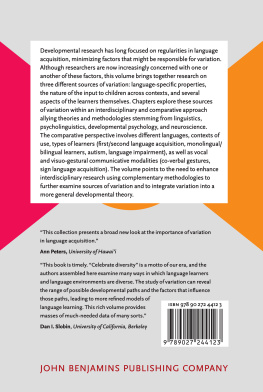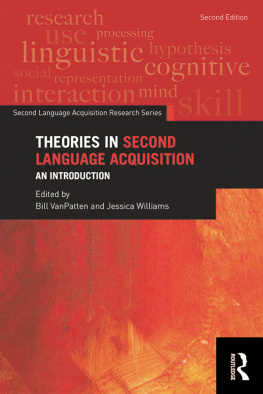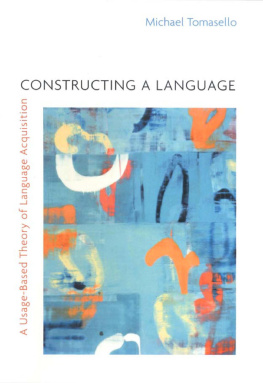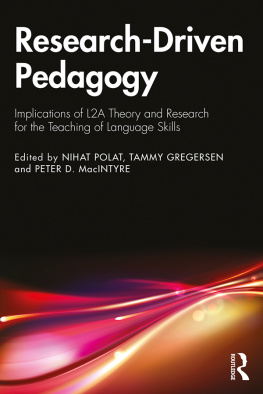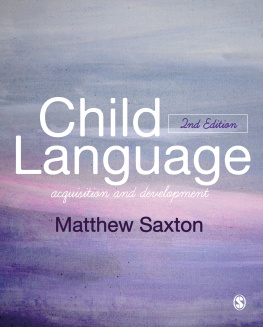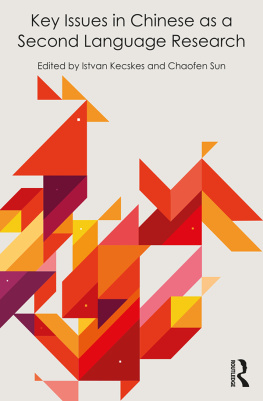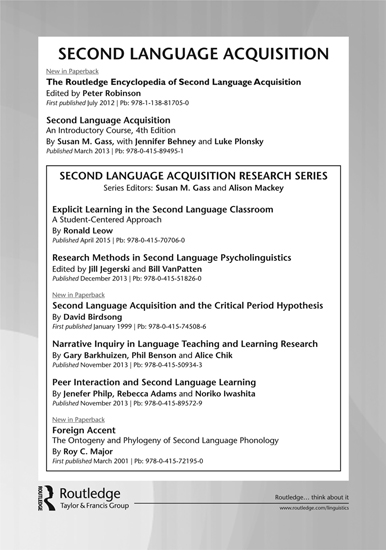Almost everyone has heard of Einsteins Theory of Relativity. People have also heard of things such as the Theory of Evolution and Atomic Theory. What is common to all these theories is that they are theories about what scientists call natural phenomena : things that we observe everyday. Theories are a fundamental staple in science, and all advances in science are, in some way or another, advances in theory development. If you asked scientists, they would tell you that the sciences could not proceed without theories. And if you ask applied scientists (such as those who develop medicines or attempt to solve the problem of how to travel from Earth to Mars), they would tell you that a good deal of their work is derived from theoretical insights.
Theories are also used in the social and behavioral sciences, such as psychology, sociology, and economics. As in the natural sciences, social sciences attempt to explain observed phenomena, such as why people remember some things better than others under certain conditions or why the stock market behaves the way it does.
In the field of second language acquisition (hereinafter SLA) research, theories have also come to occupy a central position. Some researchers, though by no means all, would even say that the only way SLA can advance as a research field is if it is theory driven. The purpose of the present book is to introduce the reader to certain current theories in SLA and provide a background for continued in-depth reading of the same. As a starting point, we will need to examine the nature of theories in general.
What Is a Theory?
At its most fundamental level, a theory is a set of statements about natural phenomena that explains why these phenomena occur the way they do. In the sciences, theories are used in what Kuhn (1996) calls the job of puzzle solving. By this Kuhn means that scientists look at observable phenomena as puzzles or questions to be solved. Why does the earth revolve around the sun and not fly off into space? Why are humans bipedal but gorillas knuckle-walkers? These are all questions about things that confront us every day, and it is the job of scientists to account for them.
In short, then, the first duty of a theory is to account for or explain observed phenomena. But a theory ought to do more than that. A theory also ought to make predictions about what would occur under specific conditions. Lets look at three examples: one familiar, the other two perhaps less so. In the early part of the 19th century, scientists were already aware of the presence of microorganisms in the air and water, and they had an idea about the connection between the organisms and disease. However, they had no idea of how they came into existence; indeed, belief in the spontaneous generation of these organisms was widespread. Disease was thought to be caused by bad air. Careful experimentation by Louis Pasteur and other scientists demonstrated that microbes, though carried by air, are not created by air. Living organisms come from other living organisms. These discoveries led to the development of the germ theory of disease, which proposed that disease was caused by microorganisms. The acceptance of this theory had obvious important applications in public health, such as the development of vaccines, hygienic practices in surgery, and the pasteurization of milk. It not only could explain the presence and spread of disease, it could also predict, for example, that doctors who delivered babies without washing their hands after performing autopsies on patients who had died from childbirth fever would transmit the disease to new patients. Even more important, the same theory could be used to connect phenomena that, on the surface, appeared unrelated, such as the transmittal of disease, fermentation processes in wine and beer production, and a decline in silkworm production.
Now lets take an example from psychology. It is an observed phenomenon that some people read and comprehend written text faster and better than others. As researchers began to explore this question, a theory of individual differences in working memory evolved. That theory says that people vary in their ability to hold information in what is called working memory (defined, roughly, as that mental processing space in which a person performs computations on information at lightening speed). More specifically, the theory says that people vary in their working memory capacity : Some have greater capacity for processing incoming information compared with others, but for everyone, capacity is limited in some way. Initially used to account for individual differences in reading comprehension ability in a persons first language, the theory also accounts for a wide range of seemingly unrelated phenomena, such as why people remember certain sequences of numbers and not others, why they recall certain words that have been heard, why people vary on what parts of sentences they remember best, why certain stimuli are ignored and others attended to, and why some students are good note takers and others are not. A theory of working memory, then, allows psychologists to unify a variety of behaviors and outcomes that on the surface level do not necessarily appear to be related. There are even attempts to apply the theory of SLA to explain why some people learn faster and better than others.
Lets take a final example, this time from language. In one theory of syntax (sentence structure), a grammar can allow movement of elements in the sentence. This is how we get two sentences that essentially mean the same thing, as in the following:
- (1) Mary said what?
- (2) What did Mary say?
In this particular theory, the what is said to have moved from its position as an object of the verb said to occupy a place in a different part of the sentence. At the same time, this theory also says that when something moves, it leaves a hidden trace. Thus, the syntactician would write (2) like (3):
- (3) What i did Mary say ti ?
In (3) the t stands for the empty spot that the what left and the i simply shows that the what and the t are co-indexed; that is, if there happens to be more than one thing that moves, you can tell which trace it left behind.
To add to the picture, the theory also says that t s, although hidden, are psychologically real and occupy the spot left behind. Thus, nothing can move into that spot and no contractions can occur across it. Armed with this, the syntactician can make a variety of predictions about grammatical and ungrammatical sentences in English. We might predict, for example, that (4) is a good sentence but (5) is bad and not allowed by English grammar:
- (4) Should I have done it?
- (5) Should Ive done it?
The reason for this is that should has moved from its original spot and left a t behind, as illustrated in (6):
- (6) I should have done it. Should i I ti have done it?
At the same time, the syntactician would predict restrictions on the contraction of want to to wanna. Thus, (7) is fine because there is no trace intervening where a contraction wants to happen:
- (7) Whoi do you want to invite ti to dinner? Who do you wanna invite to dinner?
All English speakers would agree, however, that (8) is awful:
- (8) *Who do you wanna take Susie to the prom next month?
You could probably work this out yourself, but the reason (8) sounds bad is that the who has moved and has left behind a t that blocks a possible contraction. Compare (7) and (8) redone here as (9) and (10):
- (9) Who i do you want to invite ti to dinner? Who do you wanna invite to dinner?




